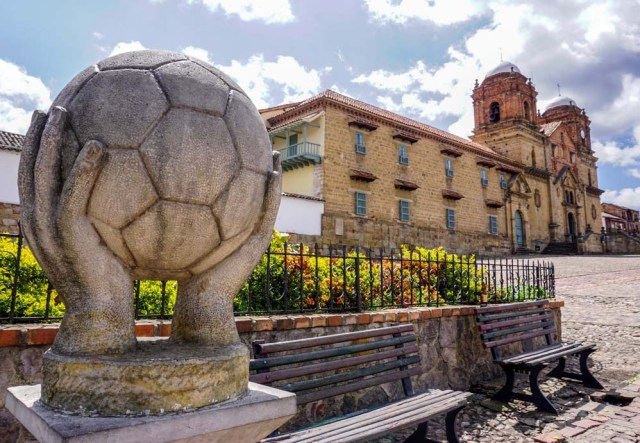
Mongui, in the central mountains of Colombia, has about 20 football factories that make balls mainly for football and micro-football. About a quarter of the town’s 4,900 inhabitants work in these factories. / AFP PHOTO / Luis ACOSTA
Para saber de qué vive Monguí, una de las joyas patrimoniales de Colombia, basta asomarse a su plaza principal: decenas de balones cuelgan de balcones y puertas, y las estatuas más vistosas son de un esférico y una cosedora de pelotas.
AFP
Monguí, en las montañas del centro del país, tiene unas 20 fábricas de balones, principalmente de fútbol y microfútbol. De ellas viven cerca de un cuarto de sus 4.900 habitantes, entre quienes aún hay unos pocos herederos de la técnica de cosido a mano, que llegó al pueblo en los años 1930.
“Mi tío Froilán estaba prestando servicio militar con el Ejército colombiano en la frontera con Brasil. En Manaos, en 1934, fue a una cárcel donde vio cómo se cosían los balones. Se trajo la idea a Monguí y se dio a la tarea de (…) enseñarle a la gente”, cuenta a AFP Édgar Ladino, gestor del Museo del Balón, también sobre la colonial plaza.
Ladino creó el austero museo, que es a la vez una pequeña fábrica, porque se estaba “tergiversando” la historia del origen de la industria: “Empezaron a decir que mi tío Froilán había ido a Europa, un campesino como mi tío ¿cómo iba a ir a Europa?”, dice risueño.
El auge de la producción de pelotas en Monguí se vivió en los 1970, cuando el padre de Ladino llegó a tener 80 empleados, además de decenas de campesinos que llegaban cada sábado con “su tarea” de 10 o 15 esféricos.
“Era un día muy bonito, muy placentero”, asegura Ladino, algo apenado porque la “modernidad” y la producción de China desplazó al balón cosido frente al balón pegado.
– A mano –
Vitalina Mesa y José Sierra conocieron los tiempos de auge y siguen dedicándose a hacer pelotas a mano, mientras cuatro de sus hijos trabajan en fábricas que usan técnicas modernas.
En su “oficina”, un cuartito de paredes azules dentro de su humilde casa, la pareja pasa el día cosiendo -a dos agujas- las 32 piezas que componen cada balón: ella tarda dos horas por cada uno y él, tres. Hacen cinco o seis al día y cobran entre 2 y 2,8 dólares por pelota terminada.
“Desde que tengamos salud y podamos coser todavía, seguimos trabajando”, asegura Sierra, de 67 años, rememorando días en que “sacaba tiempo” del quehacer del campo para coser. “Los cultivos daban (dinero) cada seis meses, los balones cada 15 días”, asegura.
Su esposa, de 60 años, lamenta que todo haya cambiado: “Casi se acabó el balón cosido y existe más el balón vulcanizado”, comenta, mientras cose ayudándose de unas tablas, las mismas con las que aprendió el oficio con nueve años.
“El balón cosido, esté lloviendo o como sea, no se despega”, cuenta.
Pero con las nuevas técnicas y la venta de productos chinos a 2 o 3 dólares, el negocio en Monguí se resintió.
– Fábricas y turistas –
Rosa Hurtado, de 42 años, fundó hace 20 una fábrica de balones con su esposo. No utilizan la técnica de cosido, que supone unir las piezas exteriores y luego insertar la tripa, sino que arman cada pelota a partir del caucho para después pegarle la cubierta.
“Empezamos comprando un molde, guardándolo debajo de la cama, mientras teníamos para el material (…) entonces se creó una empresa, una fabriquita de balones en la casa, los dos, y después fuimos construyendo lo que ahora es Gegol”, dice sobre su empresa.
Producen unos 2.000 esféricos mensuales. Han exportado a Venezuela -donde las restricciones cambiarias frenaron el negocio- y emplean hasta una quincena de trabajadores cuando hay más pedidos, sobre todo madres de familia “por la agilidad de la mano de la mujer”, asegura.
Las fábricas de balones suman atractivos a Monguí, fundado en 1601 y uno de 17 pueblos patrimonio de Colombia.
Con casitas de paredes blancas y verdes, techos de tejas y balcones floridos, Monguí atrae turistas en medio de la cordillera oriental, pero el paseo no está completo sin presenciar cómo se hace un balón.
“Vinimos para caminar por el páramo e igualmente para ver cómo se hacen los balones”, asegura el francés Benjamin Courtadon, mientras sus pequeños hijos juegan con los esféricos en una de las tantas tiendas del pueblo.
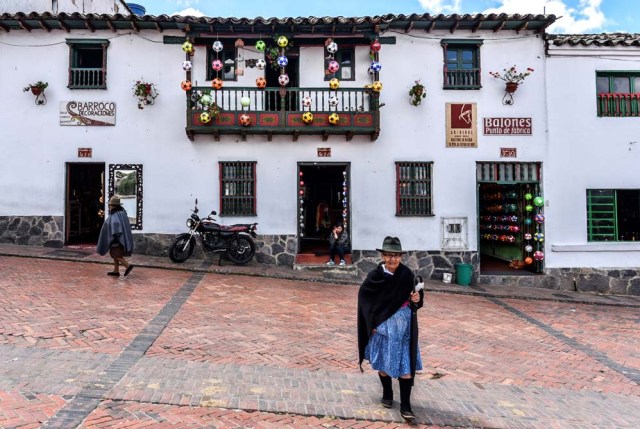
Mongui, in the central mountains of Colombia, has about 20 football factories that make balls mainly for football and micro-football. About a quarter of the town’s 4,900 inhabitants work in these factories. / AFP PHOTO / Luis ACOSTA
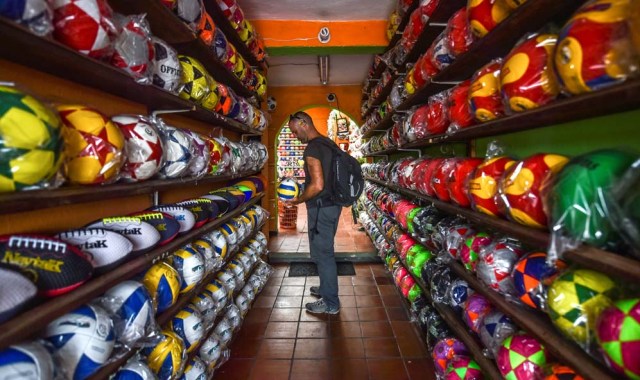
Mongui, in the central mountains of Colombia, has about 20 football factories that make balls mainly for football and micro-football. About a quarter of the town’s 4,900 inhabitants work in these factories. / AFP PHOTO / Luis ACOSTA
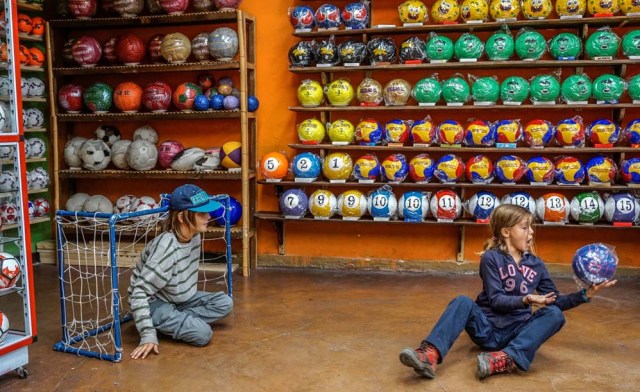
Mongui, in the central mountains of Colombia, has about 20 football factories that make balls mainly for football and micro-football. About a quarter of the town’s 4,900 inhabitants work in these factories. / AFP PHOTO / Luis ACOSTA
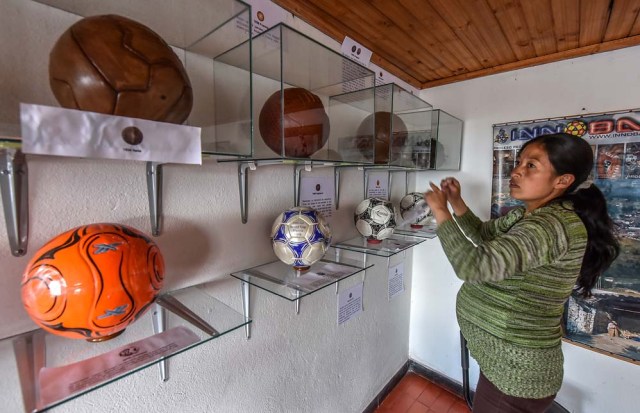
Mongui, in the central mountains of Colombia, has about 20 football factories that make balls mainly for football and micro-football. About a quarter of the town’s 4,900 inhabitants work in these factories. / AFP PHOTO / Luis ACOSTA
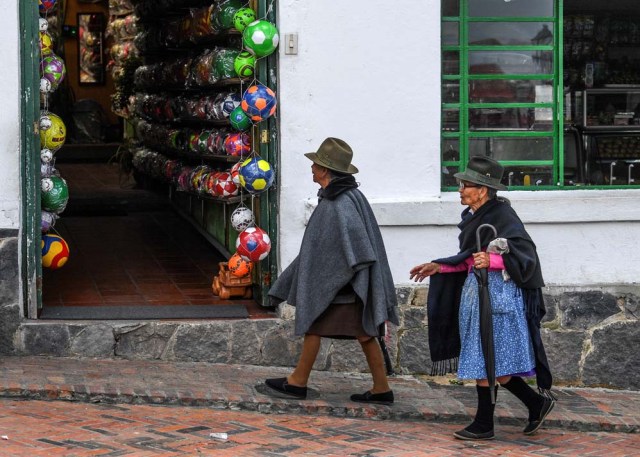
Mongui, in the central mountains of Colombia, has about 20 football factories that make balls mainly for football and micro-football. About a quarter of the town’s 4,900 inhabitants work in these factories. / AFP PHOTO / Luis ACOSTA
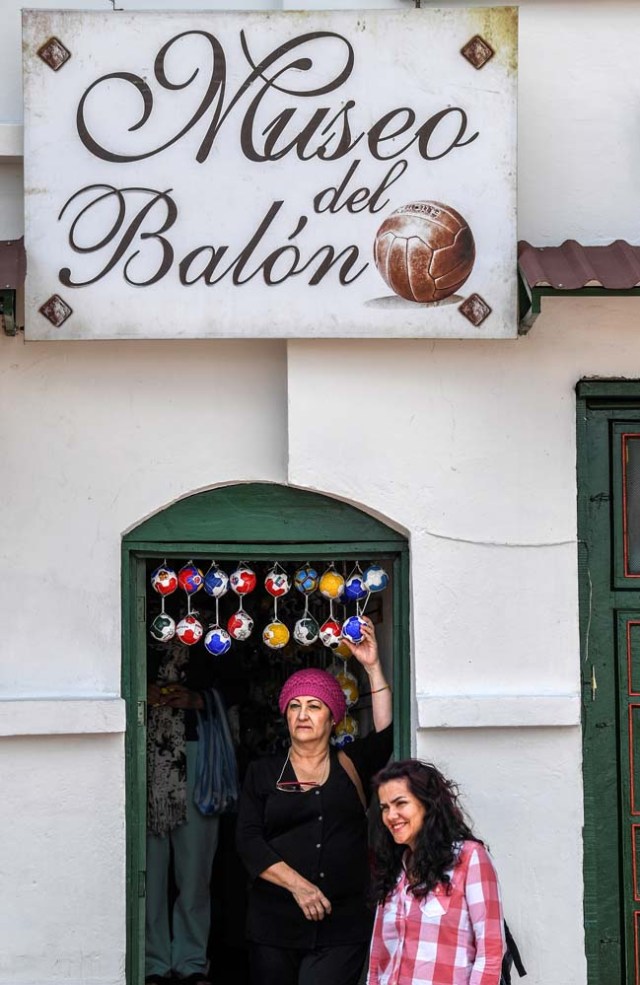
Mongui, in the central mountains of Colombia, has about 20 football factories that make balls mainly for football and micro-football. About a quarter of the town’s 4,900 inhabitants work in these factories. / AFP PHOTO / Luis ACOSTA
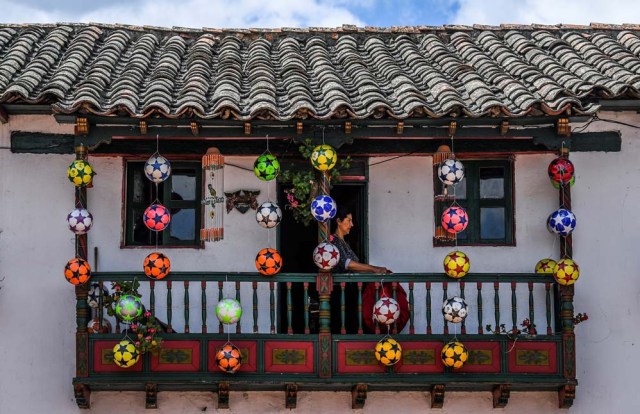
Mongui, in the central mountains of Colombia, has about 20 football factories that make balls mainly for football and micro-football. About a quarter of the town’s 4,900 inhabitants work in these factories. / AFP PHOTO / Luis ACOSTA
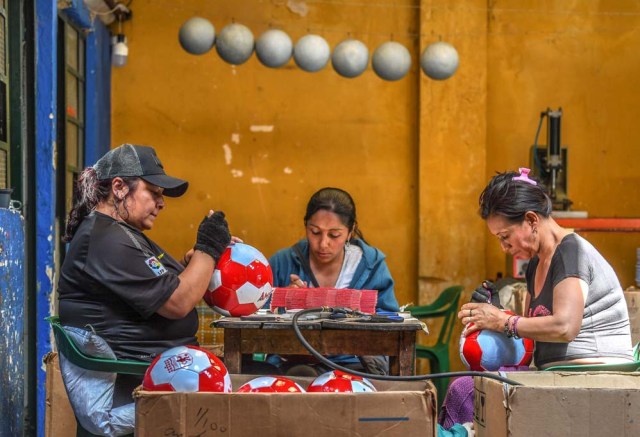
Mongui, in the central mountains of Colombia, has about 20 ball factories that make balls mainly for football and micro-football. About a quarter of the town’s 4,900 inhabitants work in these factories. / AFP PHOTO / Luis ACOSTA
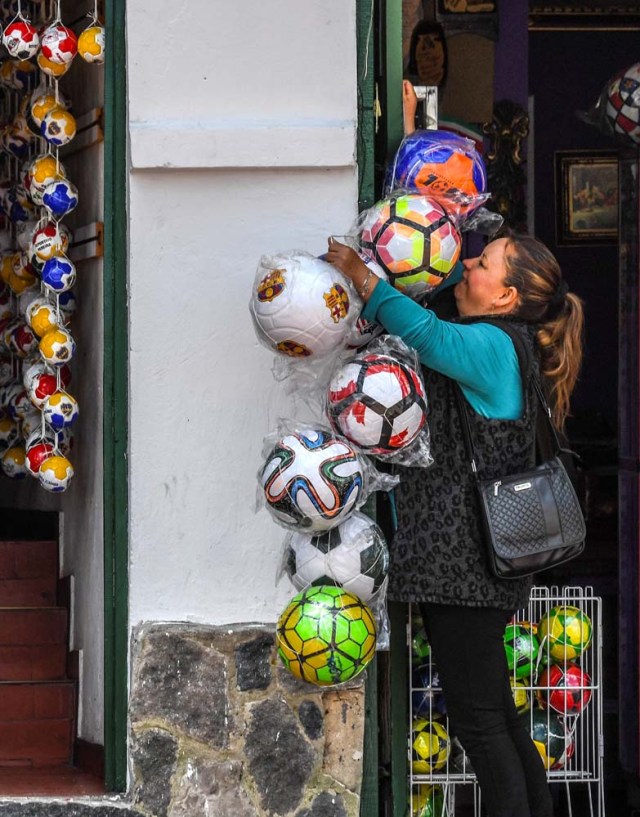
Mongui, in the central mountains of Colombia, has about 20 football factories that make balls mainly for football and micro-football. About a quarter of the town’s 4,900 inhabitants work in these factories. / AFP PHOTO / Luis ACOSTA
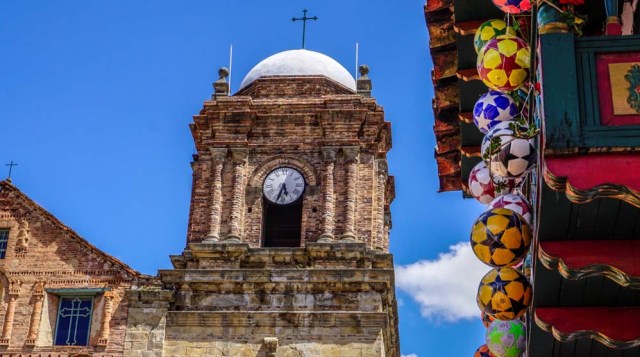
Mongui, in the central mountains of Colombia, has about 20 football factories that make balls mainly for football and micro-football. About a quarter of the town’s 4,900 inhabitants work in these factories. / AFP PHOTO / Luis ACOSTA
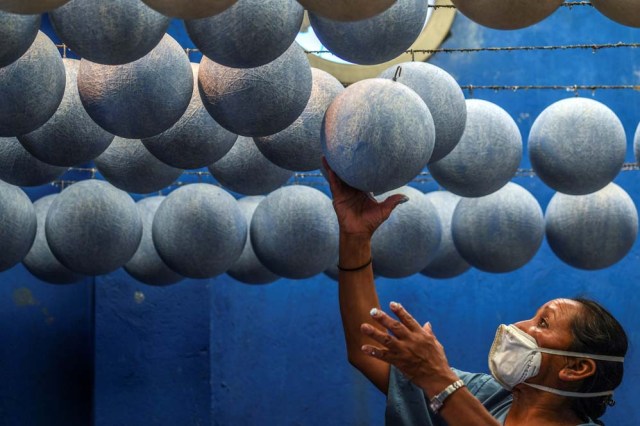
Mongui, in the central mountains of Colombia, has about 20 football factories that make balls mainly for football and micro-football. About a quarter of the town’s 4,900 inhabitants work in these factories. / AFP PHOTO / Luis ACOSTA
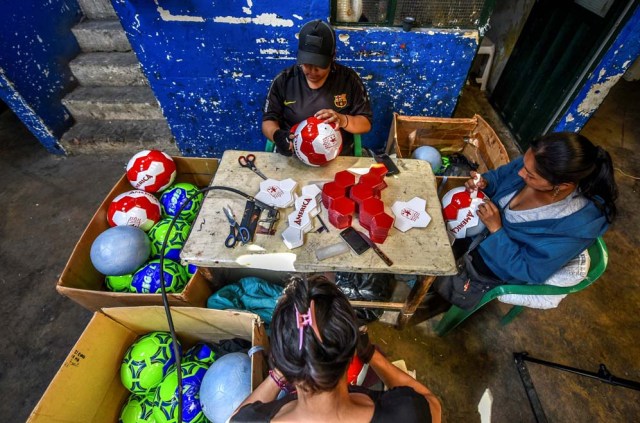
Mongui, in the central mountains of Colombia, has about 20 football factories that make balls mainly for football and micro-football. About a quarter of the town’s 4,900 inhabitants work in these factories. / AFP PHOTO / Luis ACOSTA
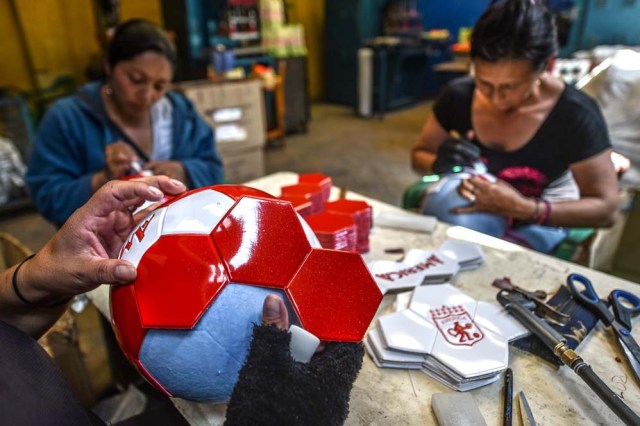
Mongui, in the central mountains of Colombia, has about 20 football factories that make balls mainly for football and micro-football. About a quarter of the town’s 4,900 inhabitants work in these factories. / AFP PHOTO / Luis ACOSTA
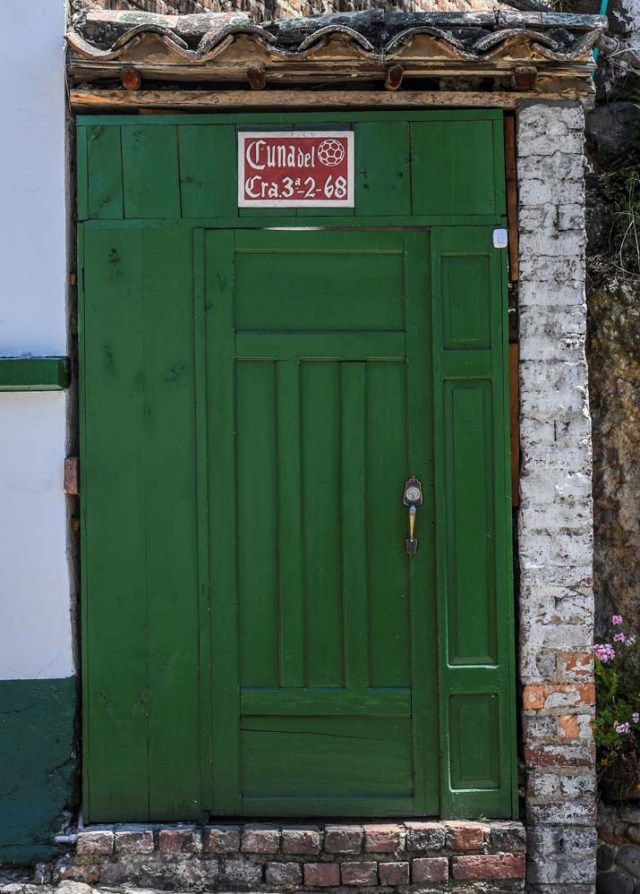
Mongui, in the central mountains of Colombia, has about 20 ball factories that make balls mainly for football and micro-football. About a quarter of the town’s 4,900 inhabitants work in these factories. / AFP PHOTO / Luis ACOSTA
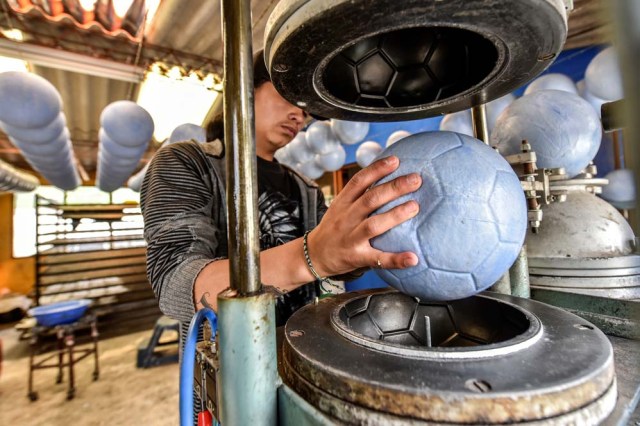
Mongui, in the central mountains of Colombia, has about 20 football factories that make balls mainly for football and micro-football. About a quarter of the town’s 4,900 inhabitants work in these factories. / AFP PHOTO / Luis ACOSTA
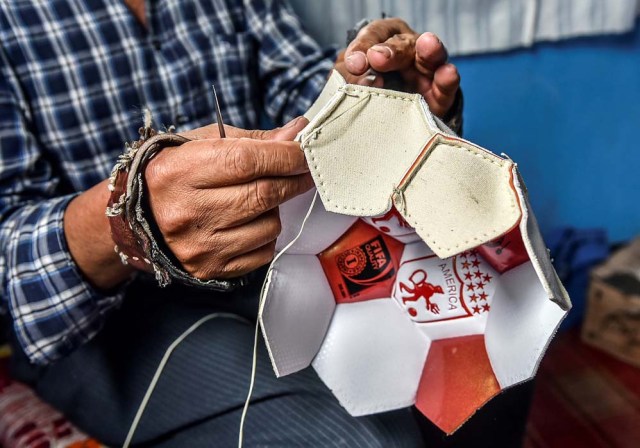
Mongui, in the central mountains of Colombia, has about 20 ball factories that make balls mainly for football and micro-football. About a quarter of the town’s 4,900 inhabitants work in these factories. / AFP PHOTO / Luis ACOSTA
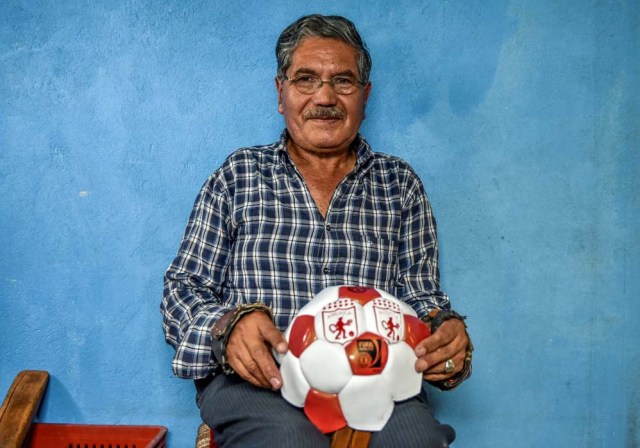
Mongui, in the central mountains of Colombia, has about 20 ball factories that make balls mainly for football and micro-football. About a quarter of the town’s 4,900 inhabitants work in these factories. / AFP PHOTO / Luis ACOSTA
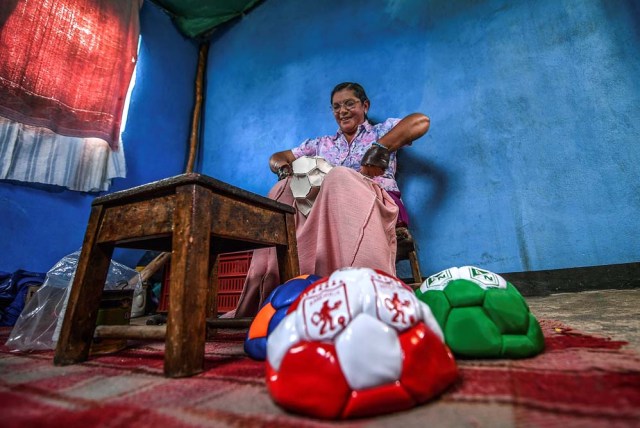
Mongui, in the central mountains of Colombia, has about 20 football factories that make balls mainly for football and micro-football. About a quarter of the town’s 4,900 inhabitants work in these factories. / AFP PHOTO / Luis ACOSTA
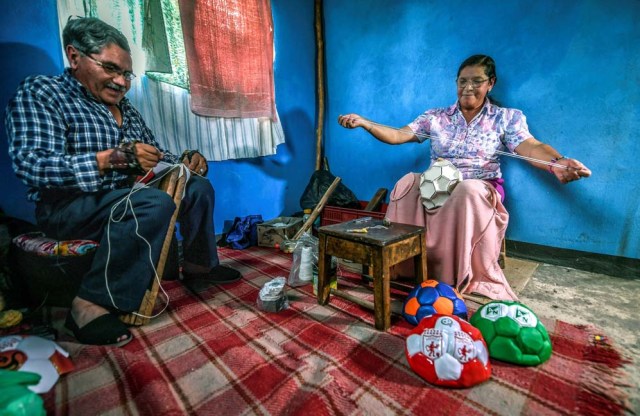
Mongui, in the central mountains of Colombia, has about 20 football factories that make balls mainly for football and micro-football. About a quarter of the town’s 4,900 inhabitants work in these factories. / AFP PHOTO / Luis ACOSTA
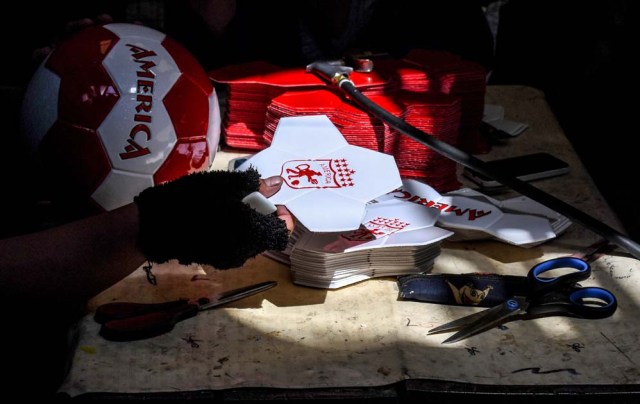
Mongui, in the central mountains of Colombia, has about 20 ball factories that make balls mainly for football and micro-football. About a quarter of the town’s 4,900 inhabitants work in these factories. / AFP PHOTO / Luis ACOSTA
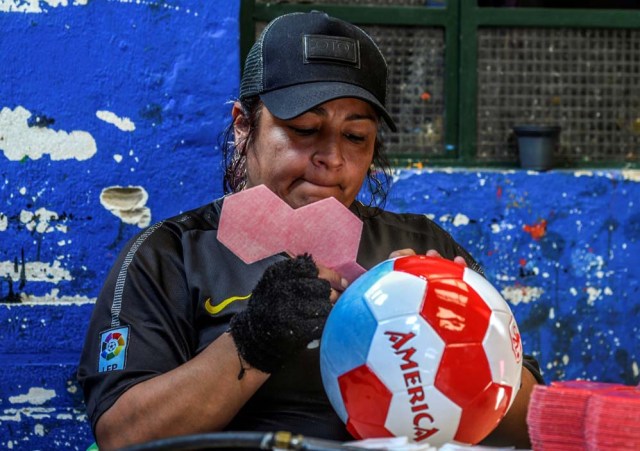
Mongui, in the central mountains of Colombia, has about 20 ball factories that make balls mainly for football and micro-football. About a quarter of the town’s 4,900 inhabitants work in these factories. / AFP PHOTO / Luis ACOSTA

